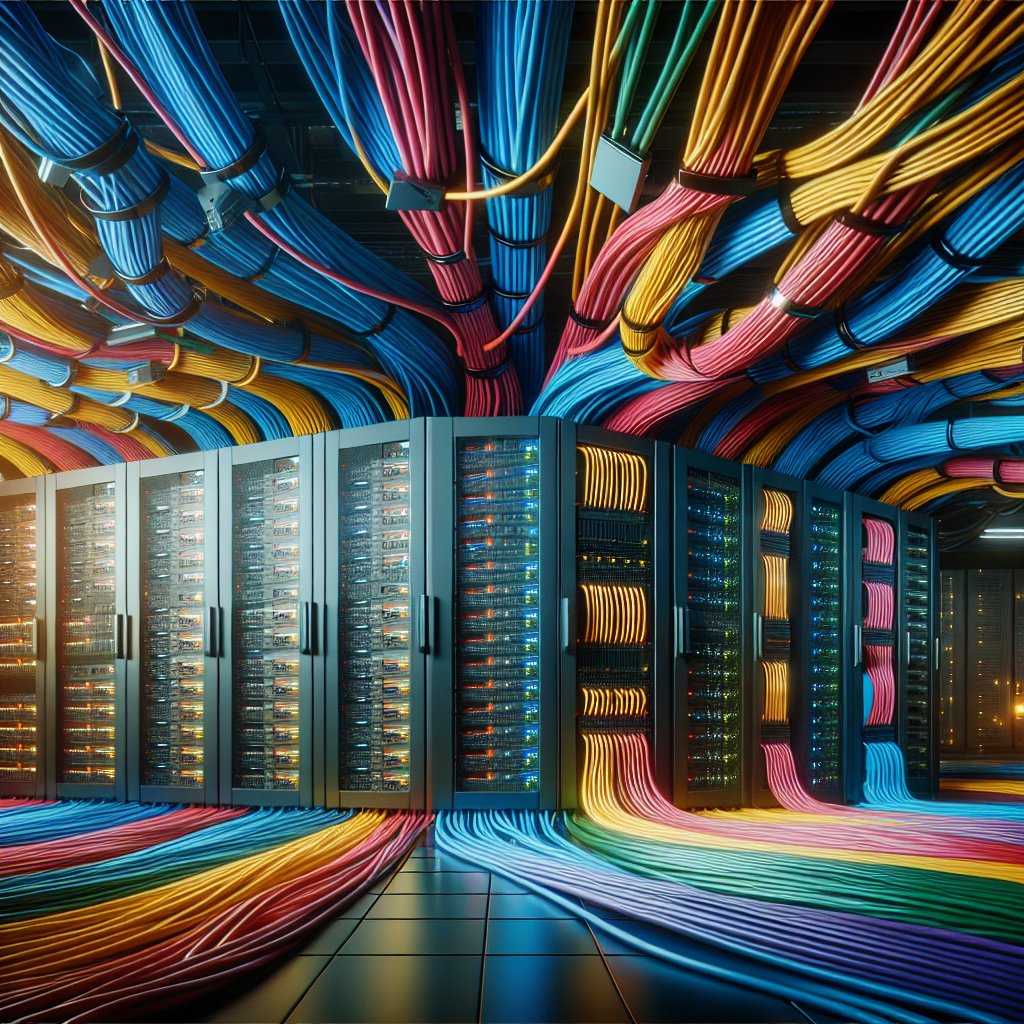Data centers play a crucial role in today’s digital world, serving as the backbone of the internet and enabling businesses to store, process, and manage vast amounts of data. However, behind the scenes of these complex facilities lies a critical component that is often overlooked – cabling.
Cabling plays a vital role in data center infrastructure, forming the physical connections that link servers, storage devices, networking equipment, and other components together. Without reliable and efficient cabling, data centers would struggle to function effectively, leading to downtime, data loss, and poor performance.
There are several key aspects to consider when it comes to understanding the role of cabling in data center infrastructure. Firstly, the type of cabling used can have a significant impact on the overall performance and reliability of the facility. Copper cabling, for example, is commonly used for short-distance connections within a data center, offering high-speed data transmission and flexibility. On the other hand, fiber optic cabling is preferred for longer distances, providing faster data transfer speeds and greater bandwidth capacity.
In addition to the type of cabling, the design and layout of the cabling infrastructure are also crucial considerations. Proper cable management is essential to ensure that cables are organized, labeled, and secured to prevent tangling, interference, and damage. A well-planned cabling infrastructure not only improves the overall efficiency of the data center but also makes it easier to troubleshoot and maintain in the event of issues.
Furthermore, the scalability of the cabling infrastructure is another important factor to consider. As data centers continue to grow and expand, it is essential to have a cabling system that can easily accommodate new equipment and technologies without causing disruptions or downtime. Upgrading and expanding cabling infrastructure can be a complex and costly process, so it is essential to plan for future growth and scalability from the outset.
Lastly, the quality of the cabling components and installation practices also play a significant role in the performance and reliability of the data center infrastructure. Using high-quality cables, connectors, and termination methods can help minimize signal loss, interference, and downtime. Additionally, working with experienced and certified cabling professionals ensures that the installation is done correctly and meets industry standards.
In conclusion, cabling is a critical component of data center infrastructure that should not be overlooked. Understanding the role of cabling and investing in high-quality, well-designed cabling infrastructure is essential for ensuring the efficiency, reliability, and scalability of a data center. By paying attention to the type, design, layout, and quality of cabling, businesses can optimize their data center operations and support their digital infrastructure effectively.


Leave a Reply